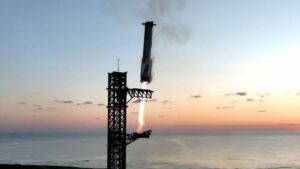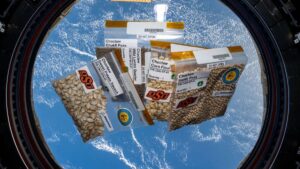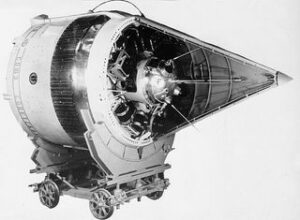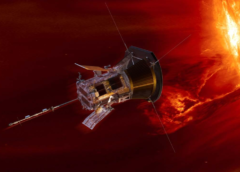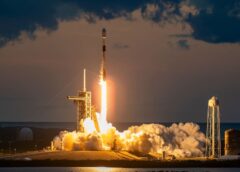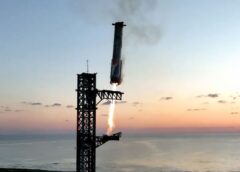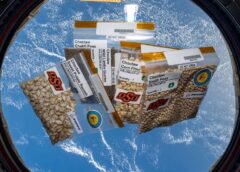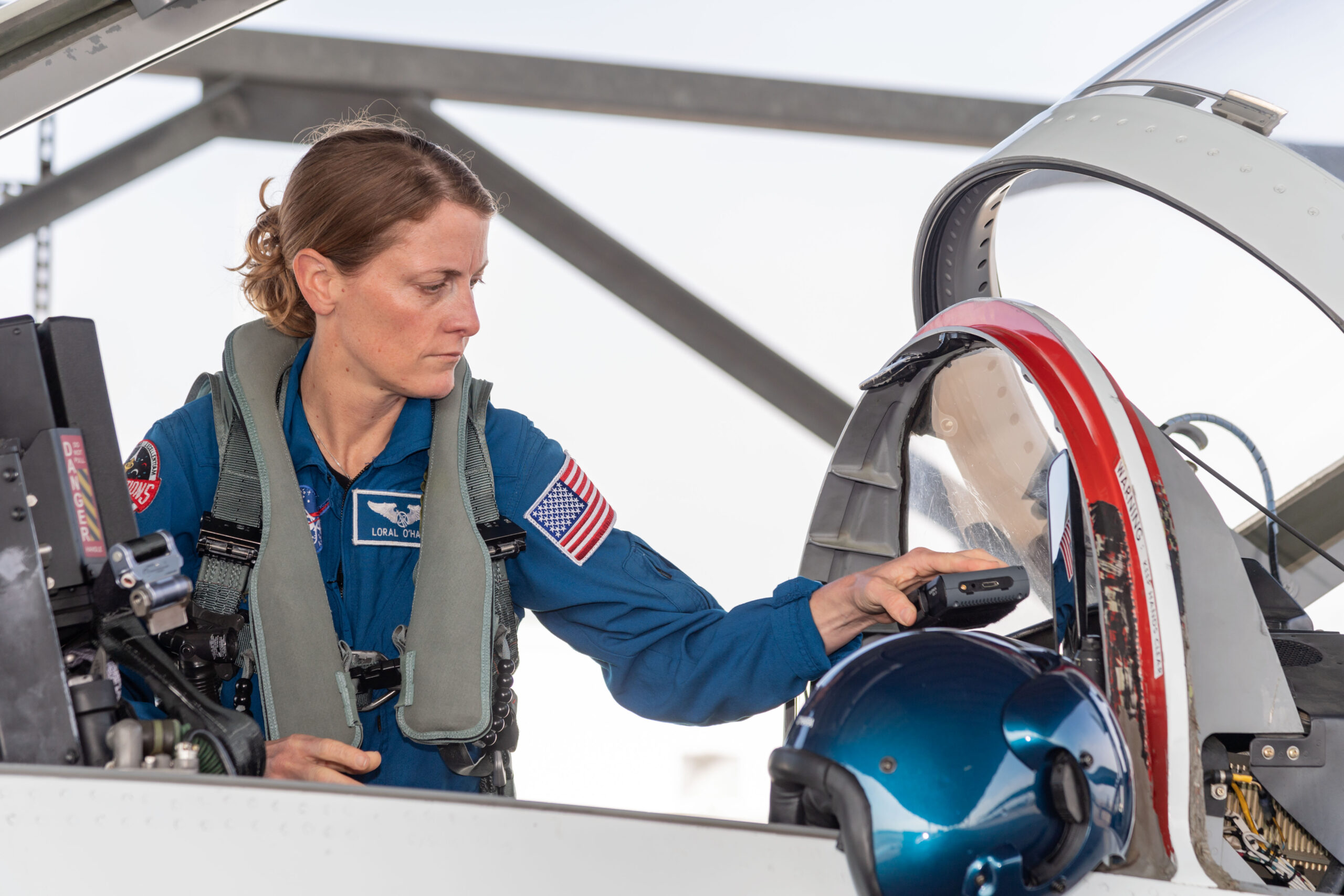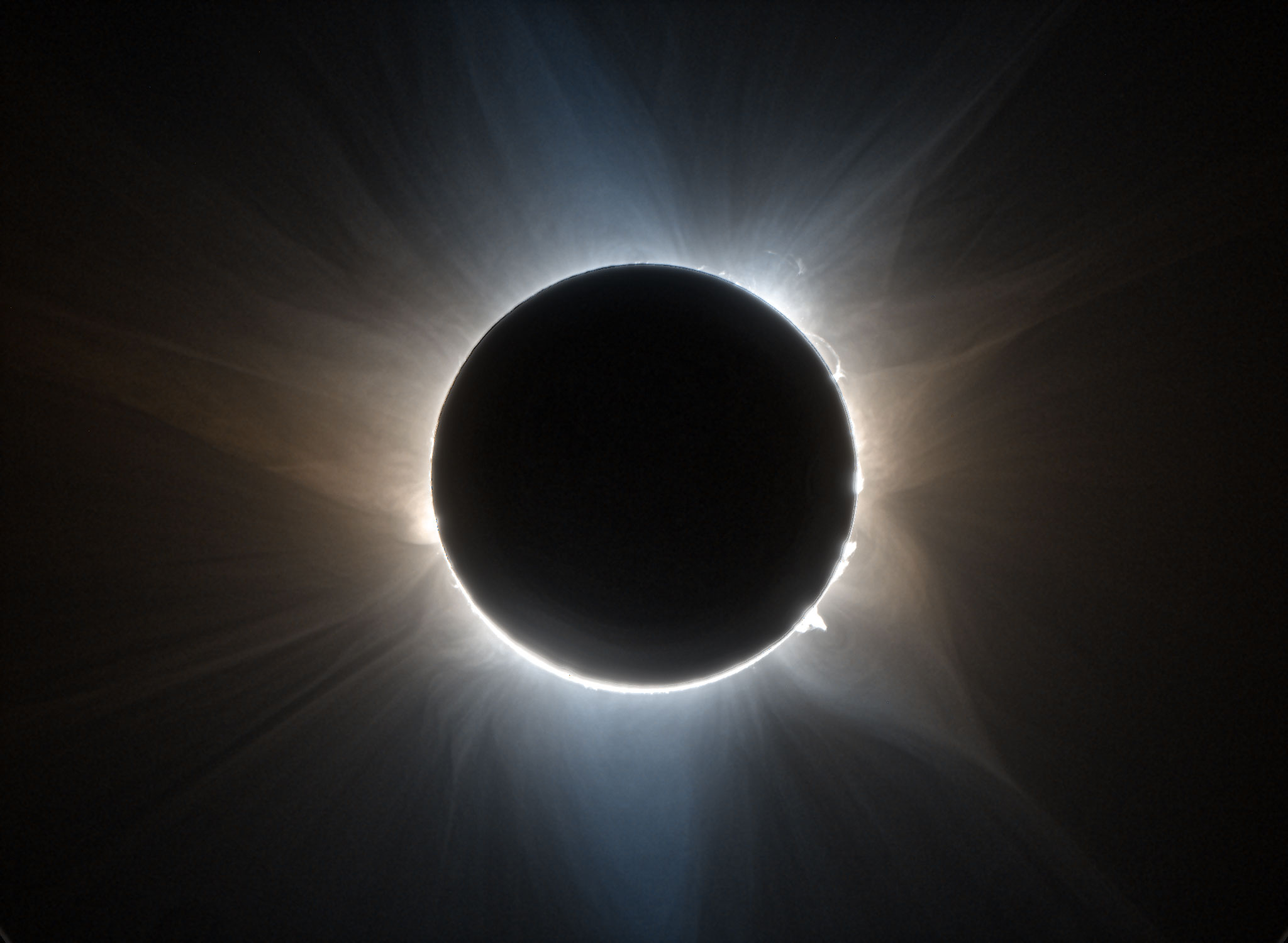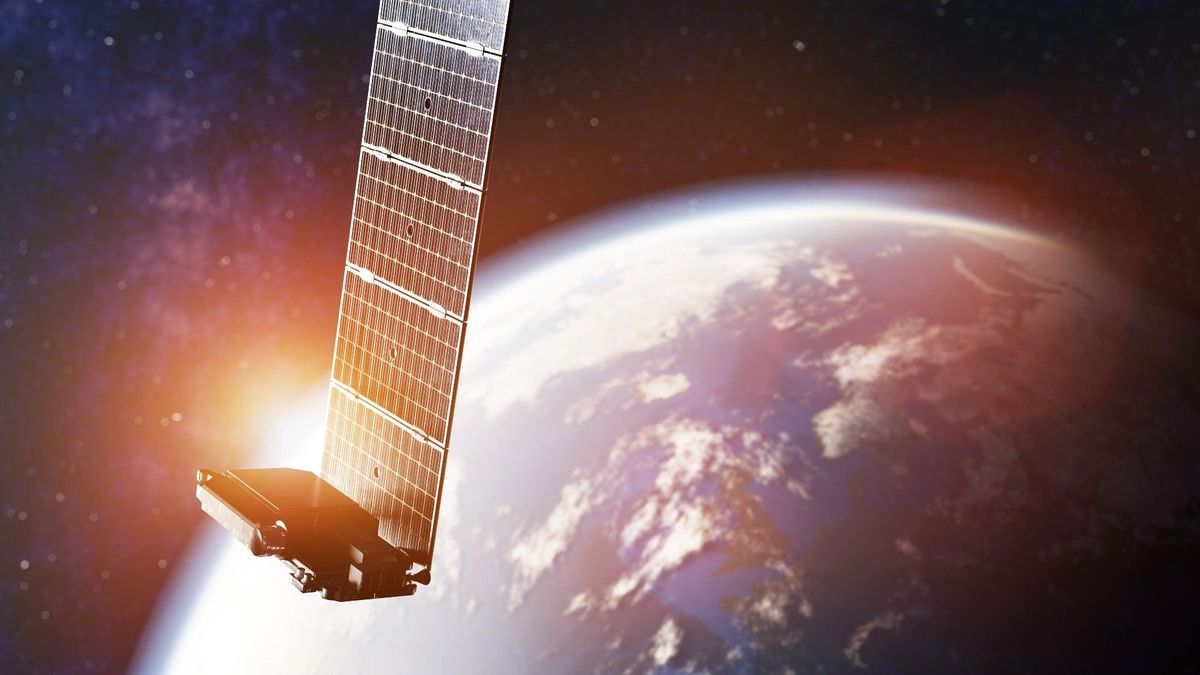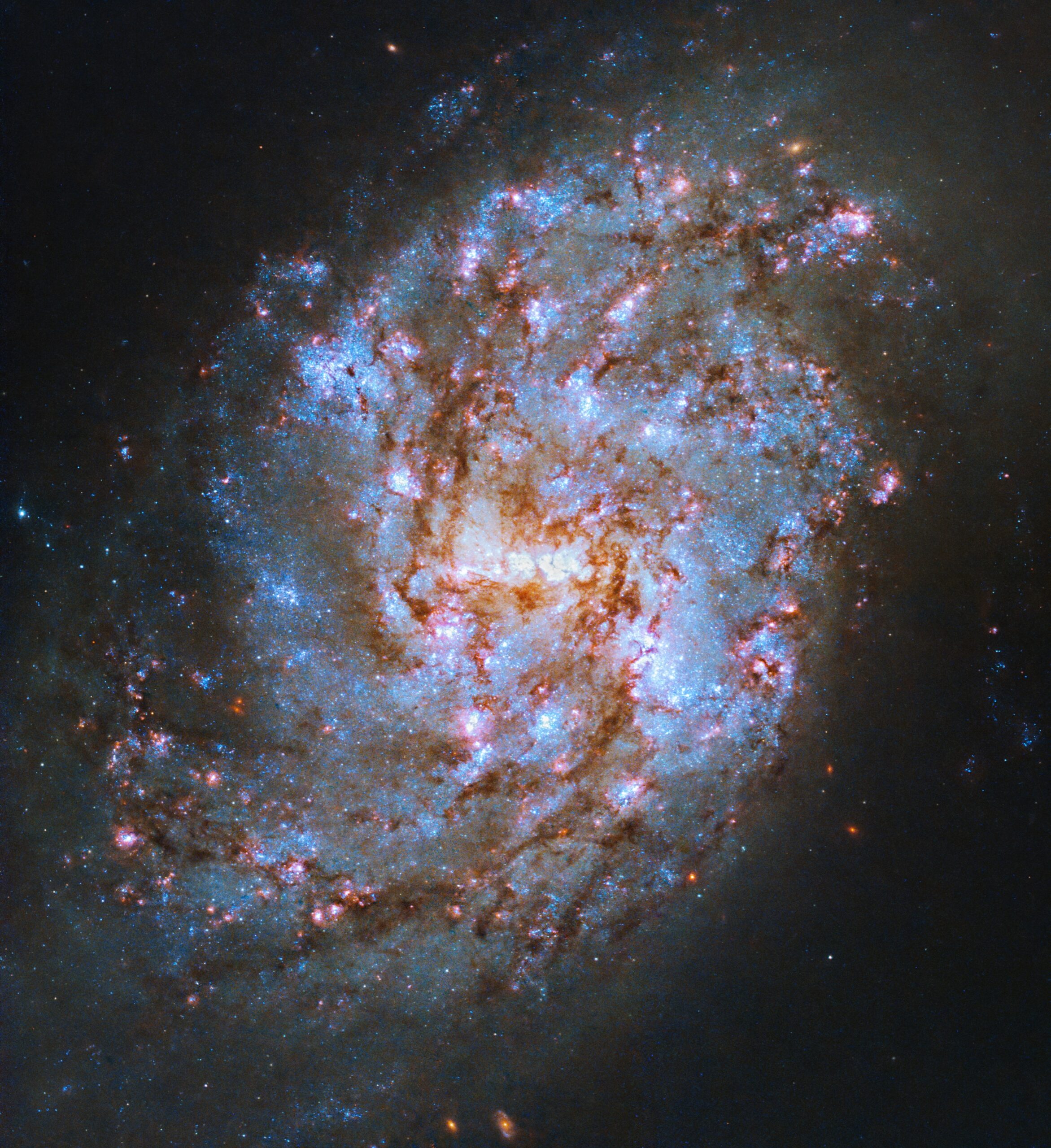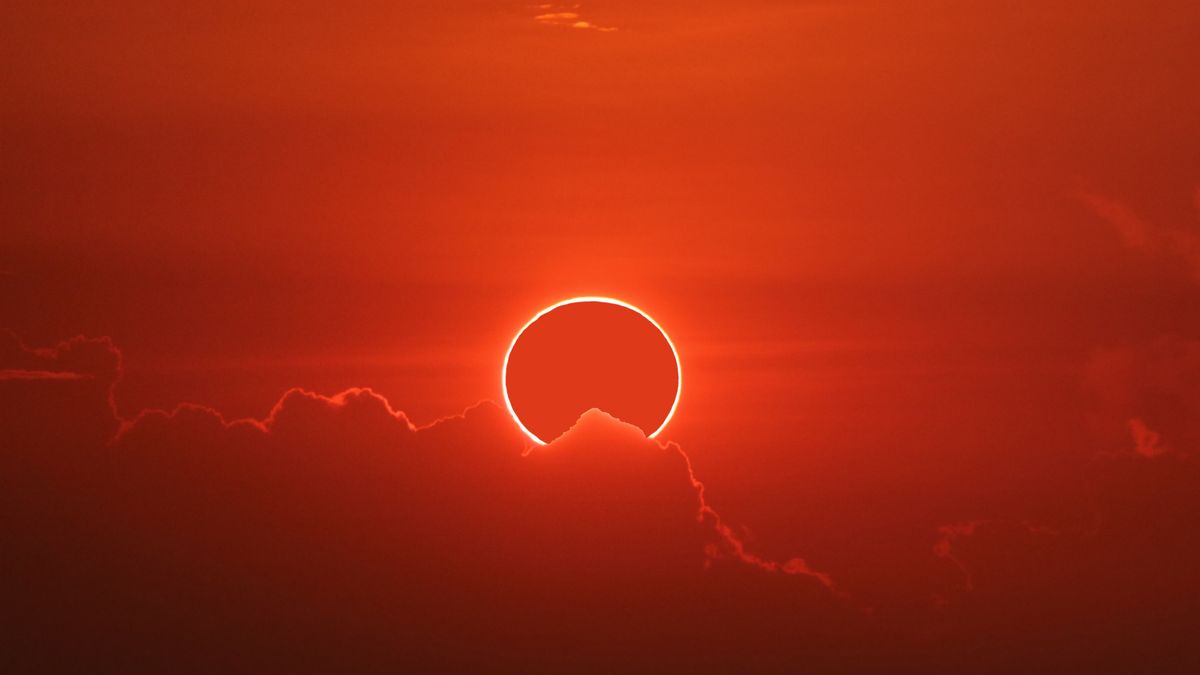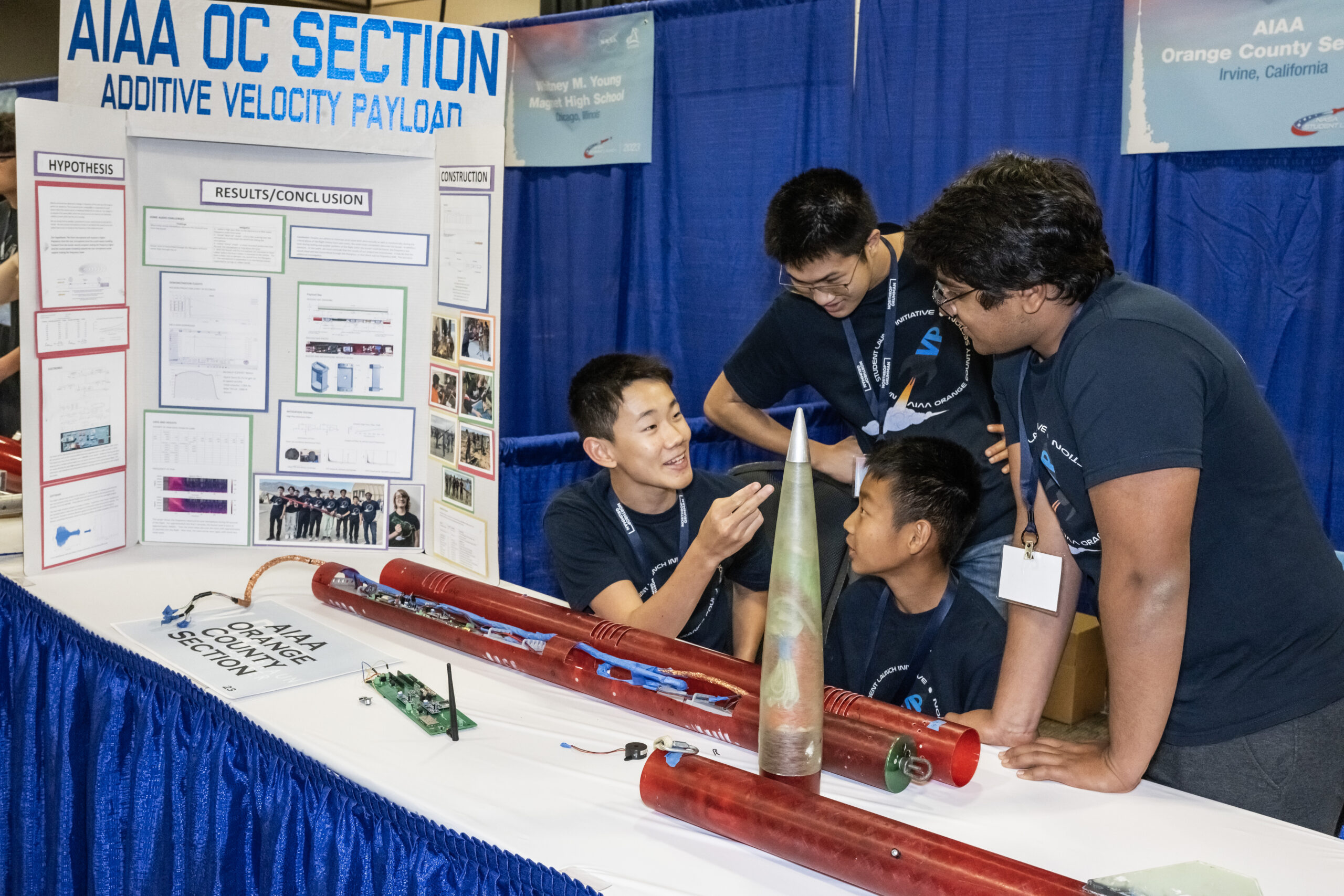jsc2023e014639 (March 10, 2023) — NASA astronaut Loral O’Hara conducts preflight training aboard a T-38 trainer jet at Ellington Field in Houston, Texas, before beginning her mission to the International Space Station. NASA
Read MoreA Bear on Mars?
This feature looks a bit like a bear’s face. What is it really? There’s a hill with a V-shaped collapse structure (the nose), two craters (the eyes), and a circular fracture pattern (the head). The circular fracture pattern might be due to the settling of a deposit over a buried impact crater. Maybe the nose is a volcanic or mud vent and the deposit could be lava or mud flows? Maybe just grin and bear it.
Read MoreNew wristwatch bridges Apollo to Artemis with touch of real moon dust
There is an allure to moon dust. Just like its unique adhesive properties, causing it to stick to everything it touches, it tends to draw the attention of everyone who sees it, regardless their walk of life. It is appropriate then that Col&MacArthur named its moon dust-infused timepiece the LUNAR1,622. “It’s the gravity on the moon,” said Sebastien Colen, founder and CEO of the Belgium-based watch company, referring to the numerical designation of their new release and the gravitational pull of the moon as compared to Earth. “Every time we…
Read MoreSTEM Learning Resources to Prepare for Upcoming Eclipses
The Sun and Moon will work together to put on a celestial show in the skies above North America during two solar eclipses in the months to come. On Saturday, Oct. 14, the Moon will nearly cover the Sun during what’s called an annular solar eclipse, and on April 8, 2024, the Moon will completely block out the Sun during a total solar eclipse. Get ready to make the most of these rare events with this curated list of NASA STEM learning resources and related content, including activities, citizen science…
Read MoreOrbital ‘parking spots’ could help prevent satellite traffic jams
Space vehicles may soon be assigned parking spots to prevent traffic pileups in Earth’s orbit. Roughly 10 times the number of satellites currently in space are expected to launch by 2030 — And this rapid expansion of Earth-observation and communications satellites is bound to create some congestion in space and therefore risk in-orbit collisions. That’s why engineers suggest giving spacecraft launched into low-Earth orbit or to the cislunar region — the area between Earth and the moon — a designated “parking spot” to help prevent accidents and make space more…
Read MoreHubble Captures Starry Cetus Constellation Galaxy
2 min read Hubble Captures Starry Cetus Constellation Galaxy NASA’s Hubble Space Telescope, ESA, R. Chandar (University of Toledo), and J. Lee (Space Telescope Science Institute); Processing: Gladys Kober (NASA/Catholic University of America) Hubble is sharing a brand new galaxy image every day through October 7, 2023! Visit our website daily, or follow along on X, Facebook, and Instagram. New and old stars alike twinkle in the dusty spiral arms of NGC 1087. Located 80 million light-years away in the constellation Cetus, NGC 1087 is a barred spiral galaxy. It…
Read More‘Ring of fire’ eclipse Oct. 14 will be practice run for total solar eclipse next year
Scientists in the United States are excited to use the October “ring of fire” eclipse as valuable practice for a total eclipse in the Americas next year. North America will experience an annular “ring of fire” solar eclipse on Oct. 14 that crosses eight U.S. states in between Oregon and Texas. We have full details about how to watch in-person and online here, including selecting the right equipment to observe the sun safely. An annular eclipse occurs when the moon is further away from Earth, causing it to be slightly…
Read MoreNASA Sets Coverage for Psyche Spacecraft Launch to Metal World
Technicians connected NASA’s Psyche spacecraft to the payload attach fitting inside the clean room at Astrotech Space Operations facility in Titusville, Florida on Wednesday, Sept. 20, 2023. This hardware allows Psyche to connect to the top of the rocket once secured inside the protective payload fairings. Psyche will lift off on a SpaceX Falcon Heavy rocket at 10:34 a.m. EDT Thursday, Oct. 5, 2023, from Launch Complex 39A at NASA’s Kennedy Space Center in Florida. The Psyche spacecraft will travel nearly six years and about 2.2 billion miles (3.6 billion…
Read MoreNASA Announces Teams for 2024 Student Launch Challenge
3 min read NASA Announces Teams for 2024 Student Launch Challenge NASA has announced the 70 teams representing 24 states and Puerto Rico selected to compete in the 2024 Student Launch Challenge. The annual competition – one of NASA’s nine Artemis Student Challenges – requires middle/high school and college/university students to design, build, and fly a high-powered amateur rocket and scientific payload. Students from the AIAA Orange Country Section team of Irvine, California, display their rocket to news media and the public during Rocket Fair – an annual showcase event…
Read MoreAstronaut Raja Chari Is Ready for Taco Night
iss066e083715 (Nov. 26, 2021) — NASA astronaut and Expedition 66 Flight Engineer Raja Chari is ready for taco night as he shows off a taco made with fresh chile peppers harvested from inside the International Space Station’s Advanced Plant Habitat.
Read More

